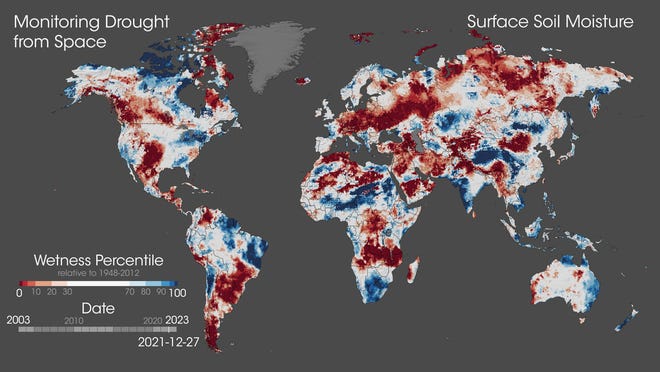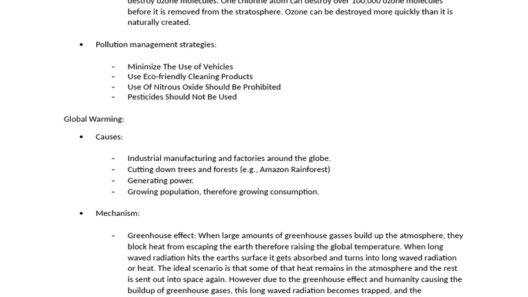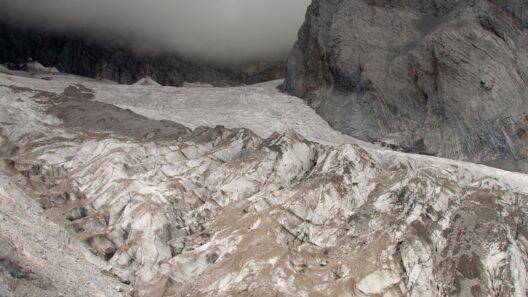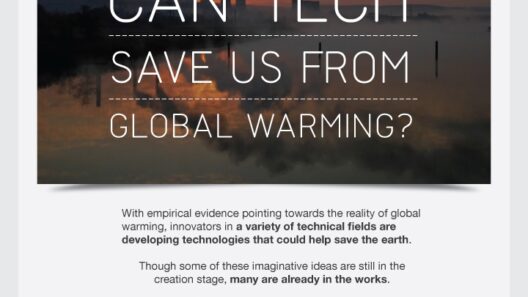Global warming is a pressing issue that is reshaping our environment in unprecedented ways. The intimate relationship between rising global temperatures and the occurrence of extreme weather phenomena has become increasingly evident. It is a topic that garners attention and concern globally, as the consequences of climate change manifest in various forms such as severe storms and debilitating droughts. These two extremes, while seemingly disparate, are interlinked by the overarching phenomenon of global warming.
The scientific consensus underscores that the increasing concentration of greenhouse gases, particularly carbon dioxide and methane, is the primary driver of global warming. These gases trap heat in the Earth’s atmosphere, leading to an increase in average global temperatures. An intriguing aspect of this warming is its impact on the hydrological cycle. The changes in temperature influence evaporation rates and precipitation patterns, thereby intensifying the frequency and severity of extreme weather events.
Storms are indeed becoming more formidable due to the warming climate. Higher air temperatures contribute to increased moisture in the atmosphere. Warmer air can hold more vapor—approximately 7% more for every 1°C increase. As a result, when storms do occur, they are often more intense, producing heavier rainfall and stronger winds. This increased moisture contributes not only to heavy downpours but also to the potential for catastrophic flooding. Extreme storms, typified by hurricanes and typhoons, are also exhibiting greater energy and longevity. The warming ocean waters serve as fuel for these systems, causing tropical storms to develop and intensify, leading to significant economic and human loss.
Moreover, the frequency of these storms has escalated. Historical records indicate that the number of intense hurricanes has increased notably since the 1970s, a trend that is correlated with rising sea surface temperatures. The ramifications are dire: coastal communities face heightened risks, and the implications for infrastructure, agriculture, and human livelihoods are critical.
Conversely, the other end of the extreme weather spectrum manifests itself in the form of prolonged droughts. The frequency and duration of droughts have escalated in numerous regions, particularly in conjunction with climate warming. Droughts are not merely a lack of rainfall; they stem from a confluence of factors, including increased evaporation rates due to warmer temperatures and shifts in weather patterns that can impede precipitation in certain areas.
The implications of drought are multifaceted. Agriculture, which relies heavily on consistent rainfall, suffers significantly during these periods. Crop yields can plummet, leading to food shortages and increased prices. Additionally, water scarcity becomes a pressing concern, impacting everything from drinking water supplies to sanitation. The socio-economic ramifications of prolonged droughts can lead to conflict and displacement, further compounding the crisis.
The phenomenon of shifting weather patterns is deeply entwined with the idea of climate variability. Regions not often associated with drought may find themselves facing water shortages, while historically arid areas may experience catastrophic flooding. This unpredictability, fueled by climate change, renders it increasingly difficult for communities to prepare for and respond to weather-related disasters.
Climate models project that as global temperatures continue to rise, we will likely see an uptick in both extreme storms and droughts. This duality illuminates the intricate dance of climate systems, where one extreme can exacerbate the other. For instance, following heavy rainfall that leads to flooding, regions may subsequently experience dry spells as the atmospheric conditions equilibrate. This tie between wet and dry extremes emphasizes the notion that climate change does not produce isolated phenomena but rather a cascade of effects that challenge our understanding and resilience.
The role of human influence cannot be understated. Urbanization and land-use changes also contribute to the severity of weather events. The expansion of impermeable surfaces leads to increased runoff and higher risks of flooding. Likewise, mismanagement of water resources in agricultural practices can amplify the impact of drought. Addressing these human-induced factors is paramount in the global fight against climate change.
Another layer to consider is the psychological impact of climate change and extreme weather events. Communities susceptible to the whims of climate variability may experience anxiety and stress related to unpredictability. Awareness of climate change can lead to feelings of helplessness—a sentiment that only serves to paralyze action when bold initiatives are required. It is essential to foster resilience and empower communities through education and infrastructure improvements, aiding in both adaptation and mitigation efforts.
Ultimately, the question of whether global warming is stirring up stronger storms and droughts is not one of mere curiosity; it is vital for understanding the direction in which our planet is heading. Recognizing that these extremes can be interconnected is integral to developing effective responses. The time to act on climate change is now. Strengthening policies aimed at reduction of greenhouse gas emissions, investing in renewable energy, and adopting sustainable agriculture practices are critical steps towards carving a path forward.
As we face the realities of climate change, the necessity for informed discussions and actionable strategies cannot be overstated. The challenges posed by stronger storms and longer droughts call for concerted efforts from individuals, communities, and governments alike. Acknowledging the intricate balance of our climate and taking responsibility for our environmental footprint will determine the resilience of future generations.








